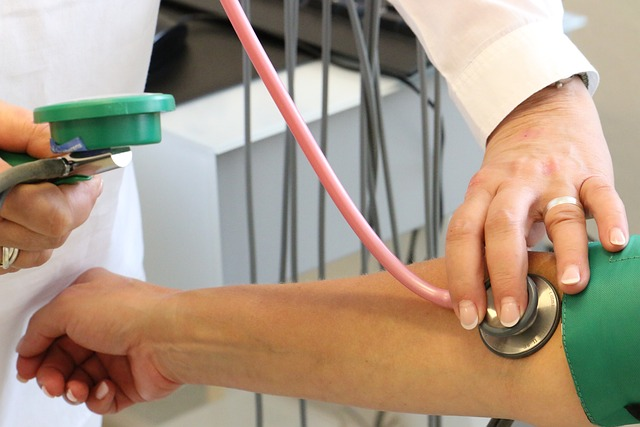Healthcare depends on open communication. Code Blue situations demonstrate this: responsibilities are obvious when a resuscitation team communicates effectively, and interventions are quick. Nurse-to-physician handoffs at shift change are another vital event. Lack of information about a patient’s renal function or medication sensitivity can cause disastrous events. Team members have to speak out unafraid. Patients have to grasp discharge directions. There are challenges, though. Clinical recruiters are seeking communication along with technical knowledge. Even the finest diagnostician lets people down without obvious therapeutic justifications. Knowing their treatment plan increases patient compliance. Good departmental communication reduces medical mistakes.
The impact of communication on patient care
Communication in healthcare reaches far beyond basic conversations with patients. It’s equally critical among team members. Ask any physician recruiters. They’ll tell you communication skills are a top priority when selecting candidates. Good communication ensures that vital information moves quickly and clearly through a healthcare organization, reducing error rates. Patients stay better informed about their options. Trust develops naturally. Treatment adherence improves. Some medical centers have found that improving how diagnostic results are communicated can significantly cut readmission rates.
Barriers to effective communication in hospitals
Hospital communication faces serious obstacles that compromise both teamwork and patient treatment. Language differences create obvious problems. A patient who speaks limited English and a doctor who speaks no Spanish can’t effectively discuss symptoms or treatment plans. Misunderstandings happen. Critical details get lost. The frantic pace of hospital environments doesn’t help, either. Quick conversations take place in the hallways. Hurried rounds. Important information often gets overlooked.
Strategies for improving communication among healthcare providers
Several structured approaches can transform how medical teams communicate. Regular interdisciplinary meetings allow everyone involved in patient care to share insights in a supportive environment. These collaborative sessions build mutual respect across specialties. They create common ground. Tools make a difference, too. The SBAR method (Situation, Background, Assessment, Recommendation) offers a framework for efficiently conveying critical information during handoffs and emergencies. There is no wastage of words and missing elements. But perhaps most important is culture change. When organizations cultivate environments where everyone—regardless of title or tenure—feels comfortable speaking up, better decisions follow. Problems get solved faster, and patient care improves. Many hospitals are investing in communication training, and the results are evident.
Improving patient safety and satisfaction through communication
Clear communication directly impacts patient outcomes and experiences. There is no mystery involved. Patients who understand their treatment plans—including potential risks—engage more actively in their care. They follow medical recommendations more consistently. They ask better questions. They notice when something seems wrong. Honest discussions about prognosis and treatment options build confidence. Patients make better-informed decisions when they aren’t kept in the dark. Regular updates about condition changes or treatment modifications reduce anxiety. They improve the overall experience of being a patient. A frightening hospital stay becomes slightly less terrifying when someone explains what’s happening and why. Making communication a priority helps patients feel respected while reducing preventable errors.
Conclusion
Good communication is essential for quality therapy. It impacts outcomes, satisfaction, and safety. Healthcare teams operate more effectively by adopting methodical communication techniques and overcoming language barriers and rigid hierarchies. Patients’ education improves, and the efficiency of the whole system rises. This approach involves patients in their treatment and reduces mistakes. Trust develops, and outcomes improve. A healthcare system oriented on communication helps professionals and patients. The evidence is conclusive.



